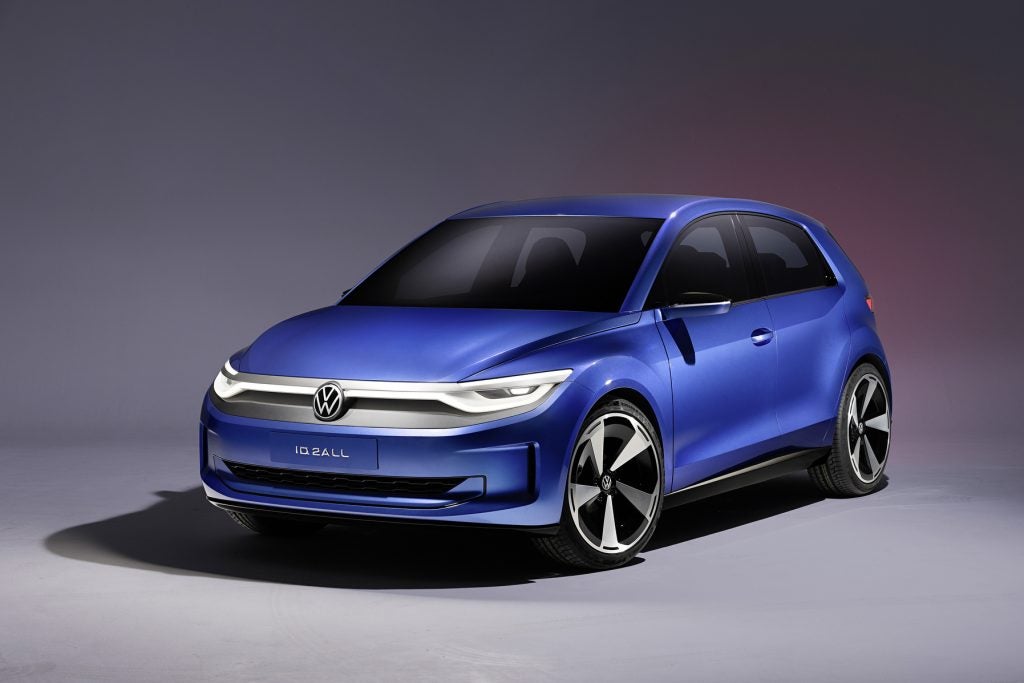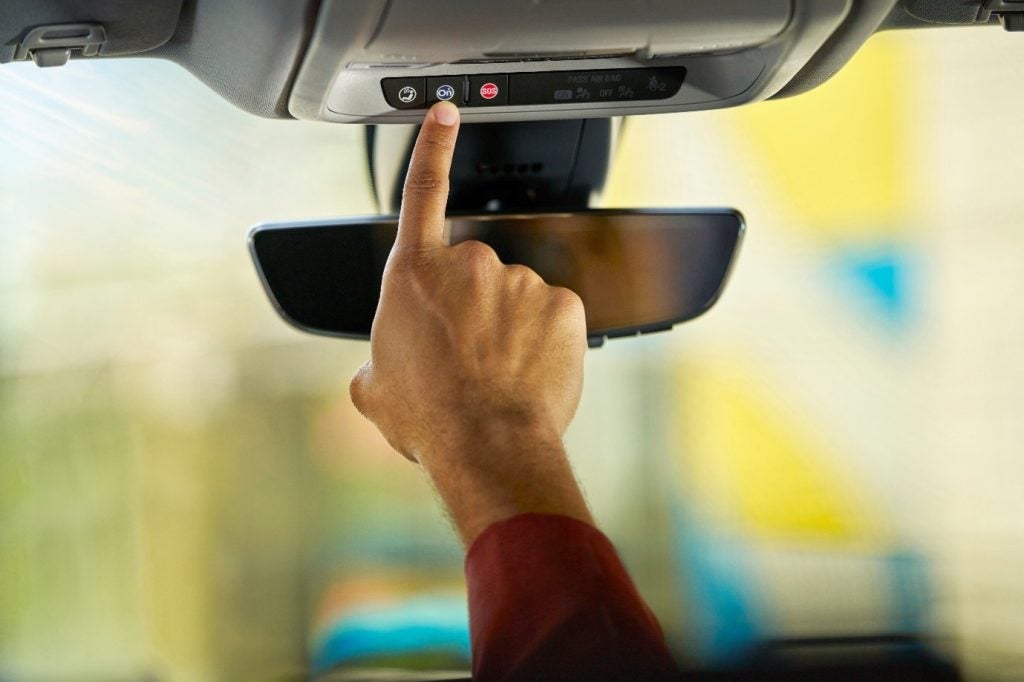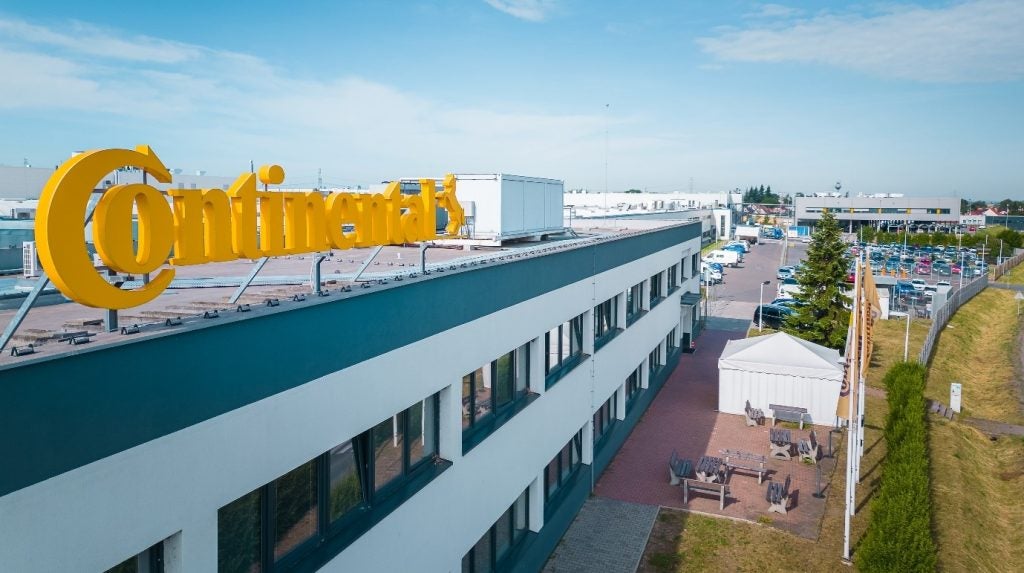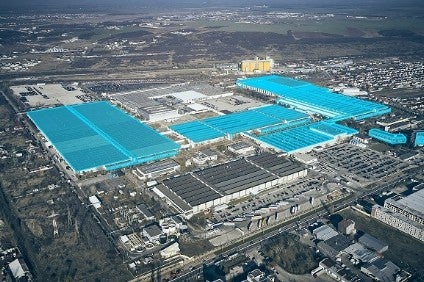The automotive industry continues to be a hotbed of innovation, with activity driven by ideal in-car experience for drivers, and growing importance of technologies such as artificial intelligence, cybersecurity, Internet of Things, and cloud computing. In the last three years alone, there have been over 1.2 million patents filed and granted in the automotive industry, according to GlobalData’s report on Cloud in Automotive: V2G networks.
However, not all innovations are equal and nor do they follow a constant upward trend. Instead, their evolution takes the form of an S-shaped curve that reflects their typical lifecycle from early emergence to accelerating adoption, before finally stabilising and reaching maturity.
Identifying where a particular innovation is on this journey, especially those that are in the emerging and accelerating stages, is essential for understanding their current level of adoption and the likely future trajectory and impact they will have.
290+ innovations will shape the automotive industry
According to GlobalData’s Technology Foresights, which plots the S-curve for the automotive industry using innovation intensity models built on over 619,000 patents, there are 290+ innovation areas that will shape the future of the industry.
Within the emerging innovation stage, EV discharge prediction, manufacturability analysis, and AI-assisted CAD are disruptive technologies that are in the early stages of application and should be tracked closely. Vehicle head up displays (HUDs), gesture-sensing AR/VR interfaces, and instrument cluster dashboard are some of the accelerating innovation areas, where adoption has been steadily increasing. Among maturing innovation areas are HUD dashboards and remote trip monitoring, which are now well established in the industry.
Innovation S-curve for cloud in the automotive industry
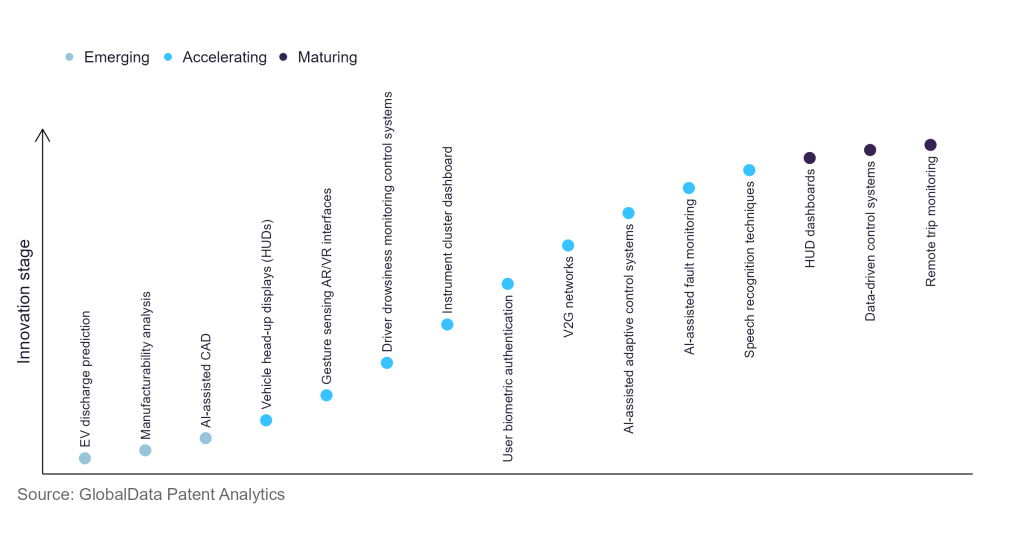
V2G networks is a key innovation area in cloud
Vehicle to grid (V2G) technology enables energy from an electric car's battery to be returned to the power grid.
GlobalData’s analysis also uncovers the companies at the forefront of each innovation area and assesses the potential reach and impact of their patenting activity across different applications and geographies. According to GlobalData, there are 120+ companies, spanning technology vendors, established automotive companies, and up-and-coming start-ups engaged in the development and application of V2G networks.
Key players in V2G networks – a disruptive innovation in the automotive industry
‘Application diversity’ measures the number of different applications identified for each relevant patent and broadly splits companies into either ‘niche’ or ‘diversified’ innovators.
‘Geographic reach’ refers to the number of different countries each relevant patent is registered in and reflects the breadth of geographic application intended, ranging from ‘global’ to ‘local’.
Patent volumes related to V2G networks
Source: GlobalData Patent Analytics
Toyota is one of the top companies in the V2G networks innovation area with 751 patents. Toyota North America (Toyota) and Oncor Electric Delivery (Oncor), a Texas-based electric transmission and distribution company, have agreed to collaborate on a pilot project around V2G. The microgrid and its subsystems include a V2G charger, solar panels, and battery storage for testing and evaluation. Toyota and Oncor plan to use the system in a battery electric vehicle (BEV) to better understand the interconnectivity between BEVs and utilities. Ford, Denso, and Kia are a few other significant automotive patent filers in the innovation area.
To further understand how cloud is disrupting the automotive industry, access GlobalData’s latest thematic research report on Automotive.






